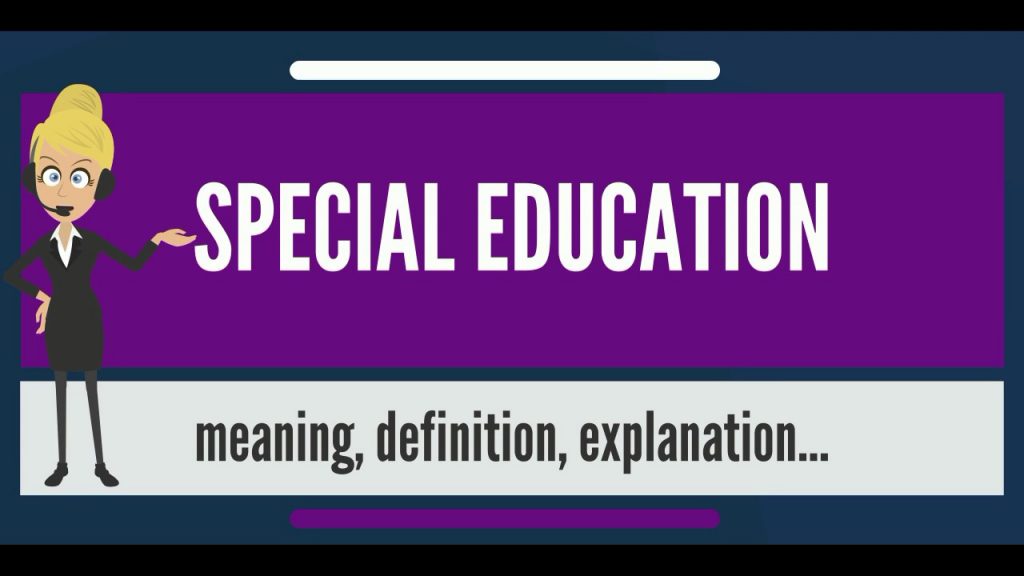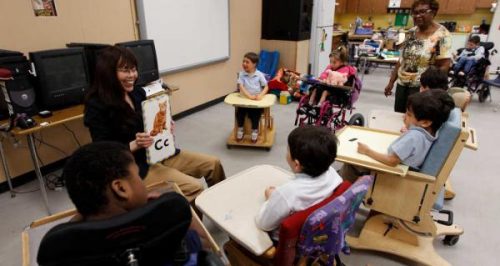
Define Special Education
Some children have delays regarding physical development, mental aspect, social traits, and emotional health. With this, it is best for them to go to a school that can cater to their capabilities and enhances it or those who utilize classroom interventions for autism. Some of them can function in a traditional school system, but it will be very tough on them. Others won’t be able to function well at all. They need a specialized educational institution for their learning needs.
It is why Special Education was established to build learning programs for individuals with developmental delays. Specialists in this field have teaching methodologies, strategies, and techniques that can help a child with unique issues. It doesn’t mean that because they are physically disabled, socially impaired, and mentally and emotionally delayed, they can’t receive the best education. In the United States, Special Education is free, and families of those students with special needs are not bothered anymore of the school expenses.
Education for All Handicapped Children Act, 1975
In the United States, a law was passed by the Congress in 1975 as Public Law 94-142. It states the assurance that children in the country with disabilities on all points (mental, emotional, physical, and social) will have free education. They will also have support and protection, extended to their families, on a state-wide level. Each public school in the country has funding to promote and improve special education programs.
Sadly, not all countries are as open-minded as the United States concerning mental health issues. Some children grow up with untreated mental disorders and worse, they end up as criminals, or they die early. It is one of the many reasons why special education programs were set up in the US to provide learning for children with issues and help them cope. Even with their delays and disabilities, they can still live a worthy and decent life.

Individuals with Disabilities Education Act (IDEA)
Today, the Education for All Handicapped Children Act (EHA) is called the Individuals with Disabilities Education Act (IDEA). The amendment was done in 1997 with a focus on a higher quality of education and learning for children and young kids with disabilities. Under the IDEA law funding approval, schools need these factors:
- All children and youth with disabilities from age three to twenty-one will benefit from free and high-quality education
- Seek out, find, and assess children with disabilities
- Formulate a program for each child with disability under Individualized Education Program (IEP)
- Place these children in a “least restrictive environment” for optimal learning
- Children who are under early intervention programs must be given a problem-free transition phase to kindergarten schooling
- Support children in private schools who require special education
- Employing certified and qualified special education teachers to handle children with disabilities
- Assurance that children with disabilities receive fair and equal treatment, if not with particular care, to limit suspensions and expulsions from school
Kinds Of Disabilities Included Under IDEA
Children with these disabilities are given utmost attention and enrolled under special education:
- ASD or Autism Spectrum Disorder
- Visual and Hearing Impaired (deaf-blind)
- Hearing Impaired (deaf)
- Visually Impaired (blind)
- Developmental delays like in the cognitive level, physical attributes, social and emotional characteristics, and behavioral aspects
- Emotional disorders
- Intellectual problems
- Compound disabilities
- Congenital diseases
- Specific Learning Disability
- Speech Deficiency
- Brain Trauma
- Blindness
